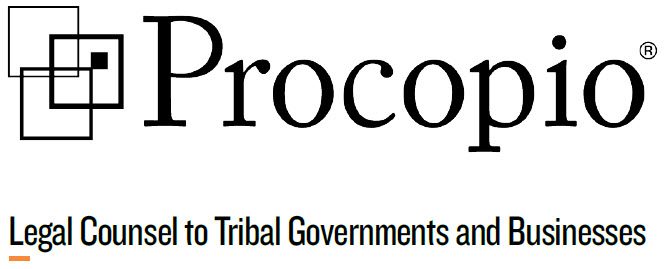By: Walter E. Rusinek | Senior Counsel | walter.rusinek@procopio.com
Theodore J. Griswold | Partner | ted.griswold@procopio.com
Responding to continuing drought conditions in California that have led to the increased use of groundwater, the legislature passed and Governor Brown recently signed the “Sustainable Groundwater Management Act” and related provisions (“Act”). The Act is the state’s first serious effort to address on a state-wide basis the problem of groundwater overuse (overdraft).
The Act establishes procedures for addressing overdrafts in identified “high or medium priority” groundwater basins by requiring that, within two years, local agencies in the basin form a local “groundwater sustainability agency” (“Agency”). Within five to seven years, that Agency must prepare and implement a “groundwater sustainability plan” (“Plan”). While the Act allows local control of this process, the State Water Resources Control Board can step in to create a Plan if it is not done locally.
Briefly, the Act authorizes the Agency to require groundwater users in the basin to register their wells, monitor their pumping, and annually report the amount of water pumped. The Plan must provide information on the basin’s groundwater resources, and identify objectives to attain sustainability within 20 years, with milestone objectives to be achieved in five-year increments. The Act also grants Agencies broad authority to limit or curtail groundwater production and other powers to achieve the goals of the Plan.
Many Native American reservations in the state rely on groundwater as a source of water because they were created in areas where surface or imported water is not available. Consequently, many reservations overlie groundwater basins for which Plans will be created. The Act requires that each Agency consider the interests of all beneficial users of groundwater in the basin, including Native American Tribes. (Water Code § 10723.2). At the same time, the Act recognizes Tribal sovereignty, stating that it applies to Tribes and the federal government only “to the extent authorized under federal or tribal law.” (Water Code § 10720.3(b)). So how will it apply to Tribal governments?
The Act encourages Tribes to voluntarily participate in the preparation or administration of a Plan through a “joint powers authority or other agreement with local agencies in the basin.” (Water Code § 10720.3(c)). A participating Tribe can assist with planning, financing, and management under the Plan, and is eligible for “grants and technical assistance” to help the Tribe exercise its inherent regulatory authority to regulate groundwater use. While the Act invites Tribal participation in the Plan process, absent Tribal approval, the requirements of a Plan do not apply to a Tribe’s use of groundwater.
In addition, the Act recognizes that in any judicial adjudication of groundwater rights or in the implementation of a Plan, “federally reserved water rights to groundwater shall be respected in full” and that if there is any conflict “between federal and state law in that adjudication or management, federal law shall prevail.” (Water Code § 10720.3(d)). The Act states that this language is “declaratory of existing law.”
Arguably, this language constitutes the state’s recognition that there are federally reserved rights to groundwater. The “reserved rights” doctrine was created by the United States Supreme Court in Winters v. United States, 207 U.S. 564 (1908), when it held that water needed by the Tribe for irrigation had been reserved by the United States when it created the reservation. In its current lawsuit claiming federally reserved rights to groundwater, the Agua Caliente Band of Cahuilla Indians has argued that the language in the Act means that the issue of whether there are federally reserved rights to groundwater is “beyond dispute.” Whether the trial court will construe the language in the Act that way, or even address that specific argument, remains to be seen. The trial court’s ruling on the issue of whether there are federally reserved rights to groundwater most likely will be appealed.
The Act provides Tribes with the opportunity to participate with their neighbors in addressing the common problem of groundwater depletion. That process may provide a more cost-effective manner of resolving these difficult issues than the expert-laden litigation route. While the Act is the most-important piece of legislation concerning the regulation of groundwater ever enacted in the state, only time will tell how successful the Act will be and whether Tribal participation in the process will be effective in protecting their rights to and ability to use groundwater.
Walter Rusinek is a Senior Counsel with Procopio and a member of the firm’s Native American Practice Group. He participated in the drafting of the language of the Act concerning Native American involvement. He is the lead attorney in opposing the proposed Gregory Canyon Landfill, which would desecrate important Native American sacred sites. His practice has focused on environmental, natural resource, and Native American law in California and Arizona for nearly 25 years.
Ted is head of the Native American Law practice group and primary editor for the Blogging Circle. Connect with Ted at ted.griswold@procopio.com and 619.515.3277.
